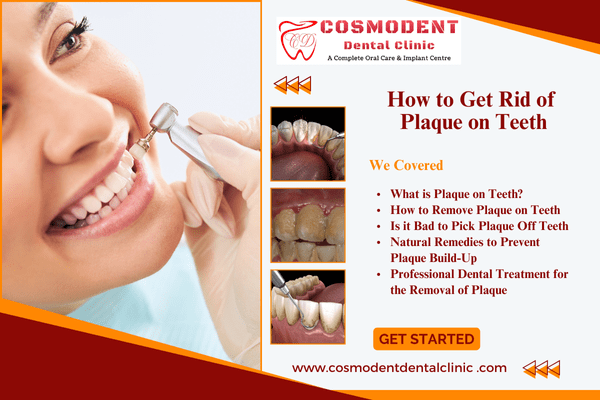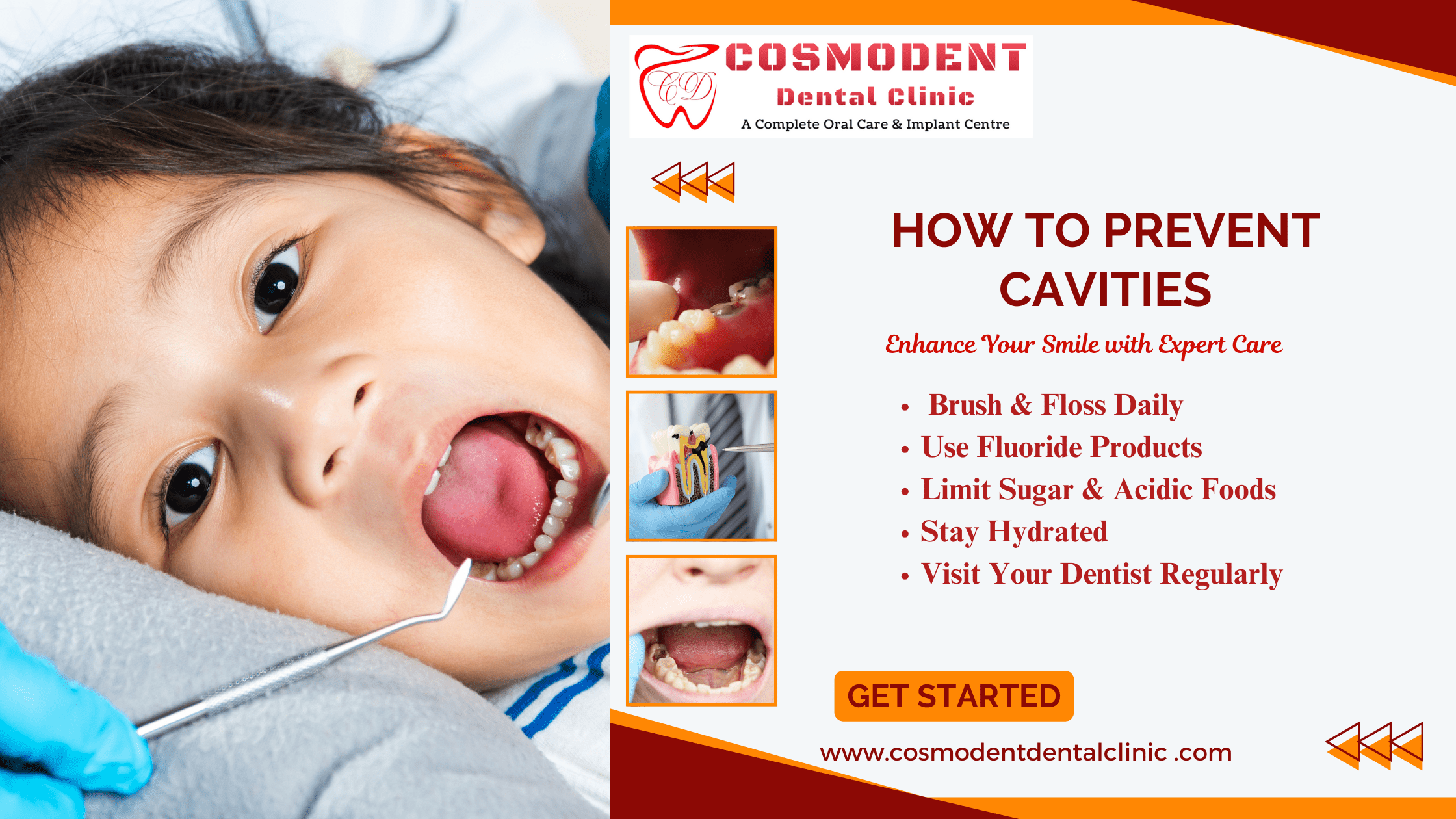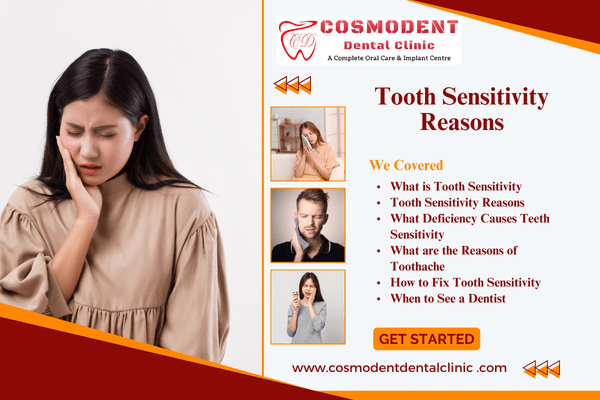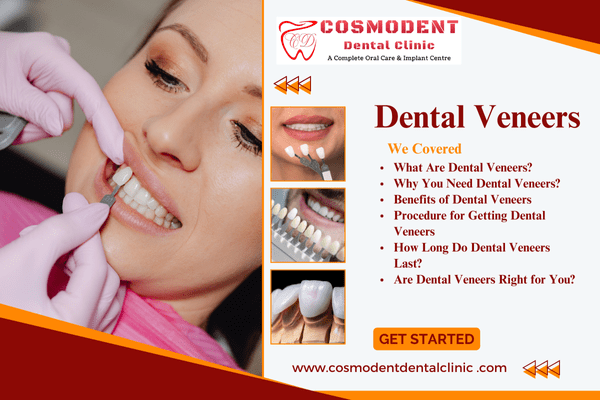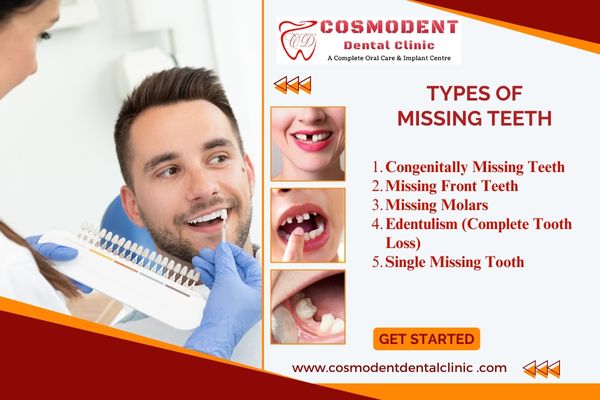Missing teeth can significantly impact both oral health and confidence. Whether caused by injury, decay, or congenital factors, understanding the types of missing teeth and the available treatments is crucial for restoring function and aesthetics. This comprehensive guide explores the causes, types, and solutions for missing teeth, including expert treatments that help achieve a healthy, beautiful smile.
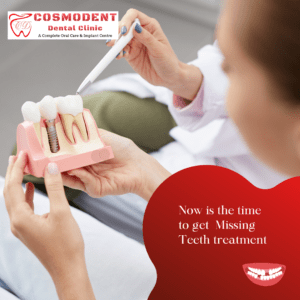
Understanding the Types of Missing Teeth
Missing teeth can occur in various forms and affect individuals differently. Below are the primary types of missing teeth:
- Congenitally Missing Teeth
Some people are born without special tooth for genetic issues. The situation is known as hypodontia, and it commonly influences posterior incisors, 2nd molars, or 1/3 molars (information tooth). In excessive instances (oligodontia), six or more everlasting enamel are missing except wisdom teeth.
2. Missing Front Teeth
Missing the front teeth (front teeth) can severely have an effect on speech, appearance and confidence. These teeth are usually lost through trauma, sports injuries, or decay.
3. Missing Molars
The tooth accountable for chewing and chewing meals are prone to decay and gum sickness. A missing molar can cause trouble chewing and feeding issues.
4. Edentulism (Complete Tooth Loss)
Total loss of all teeth in one or both jaws is referred to as edentulism. It is often caused by severe gum disease, aging, or neglect of dental care.
5. Single Missing Tooth
A single missing tooth, whether in the front or back, can lead to misalignment, shifting of neighboring teeth, and bite issues if left untreated.
What Is the Most Common Missing Teeth?
The 1/3 kind of enamel is the common missing tooth, additionally called knowledge tooth. It is predicted that 20-30% of people are born missing one or greater understanding teeth. Wisdom enamel hardly ever fail to erupt completely or develop abnormally, ensuing in trauma or extraction.
In addition to knowledge tooth, congenital higher tooth and secondary premolars are commonly misplaced because of beginning. These enamels play a vital aesthetic and functional function, making them pretty missing and complicated while not handled nicely.
Causes of Missing Teeth
Understanding the reason of lacking tooth helps determine the pleasant treatment. Here are the primary reasons:
- Dental injuries: Accidents, sports activities accidents, or falls can reason tooth loss, specially within the front.
- Dental decay and gum sickness: Poor oral hygiene and untreated gums can cause intense decay, even as superior periodontal sickness can result in tooth decay
- Congenital factors: Congenital situations consisting of hypodontia or anodontia (whole absence of tooth) save you the development of certain tooth.
- Aging: Natural wear mixed with touchy gums can cause tooth decay in older adults.
- Poor dental conduct: Smoking, consuming too much sugar and neglecting dental care can increase the danger of tooth decay.
Effects of Missing Teeth
Missing teeth can lead to more than just a gap in your smile. The potential consequences include:
- Bone loss: Loss of tooth can reason the jaw bone to recede over time.
- Tooth shifts: adjacent teeth can shift into the gap, causing problems of misalignment and motion.
- Difficulty chewing: Missing teeth can interfere with regular chewing and feeding.
- Speech issues: Missing the front enamel can impair pronunciation and clarity of speech.
- Loss of Confidence: Gaps in the smile often affect self-esteem and social interactions
Impact of missing enamel
What Is the Best Option for Missing Teeth?
The best option for missing teeth depends on the location, number of missing teeth, and the patient’s overall oral health. Below are the most common solutions:
-
Dental Implants
What Are They?
Titanium posts surgically placed into the jawbone to act as artificial tooth roots. A crown is attached to the implant for a natural look and function.
Benefits:
- Long-lasting (often a lifetime with proper care)
- Prevents bone loss
- Feels and functions like natural teeth
Best For: Single or multiple missing teeth and patients with sufficient jawbone density.
2. Dental Bridges
What Are They?
A prosthetic device that bridges the gap created by one or more missing teeth, anchored by crowns on adjacent teeth.
Benefits:
- Quick and cost-effective solution
- Restores function and appearance
Best For: Patients missing one or a few adjacent teeth.
3. Dentures
- What Are They?
Removable prosthetic devices that replace missing teeth and surrounding tissues. They come in partial or complete varieties.
- Benefits:
- Affordable
- Suitable for complete tooth loss
- Best For: Edentulous patients or those seeking a non-surgical option.
4. Bone Grafts and Implants
For patients with insufficient jawbone density, a bone graft can be performed to provide a stable foundation for implants.
5. Orthodontic Treatment Solutions
Missing teeth can sometimes be addressed with orthodontic treatments like braces or aligners to close small gaps.
Expert Treatments for Missing Teeth
Modern dentistry offers advanced treatments tailored to individual needs. These include:
- All-on-4 Dental Implants
- A revolutionary solution for full-arch restoration, requiring only four implants per arch.
- Mini Implants
- Smaller implants, ideal for patients with less bone density.
- Digital Smile Design (DSD)
- A cutting-edge technique that uses digital imaging to plan and customize dental restorations.
- Custom Dentures
- Lightweight, comfortable dentures designed for a perfect fit and natural appearance.
- Preventing Tooth Loss
Taking proactive steps can help preserve your natural teeth:
- Brush twice a day and floss daily.
- Visit your dentist regularly for checkups and cleanings.
- Wear a mouth guard during sports or physical activities.
- Avoid habits like smoking and excessive sugar consumption.
- Treat dental issues like cavities or gum disease promptly.
Conclusion:
Missing teeth, whether due to injury, decay, or congenital reasons, can impact both oral health and quality of life. Understanding the types of missing teeth, their causes, and available treatments empowers individuals to make informed decisions.
From advanced solutions like dental implants to traditional options like dentures and bridges, there’s a treatment for everyone. Contact us to explore the best option tailored to your needs and reclaim your smile with confidence. If you’re ready to address missing teeth, contact us today to begin your journey to a healthier, more vibrant smile.

